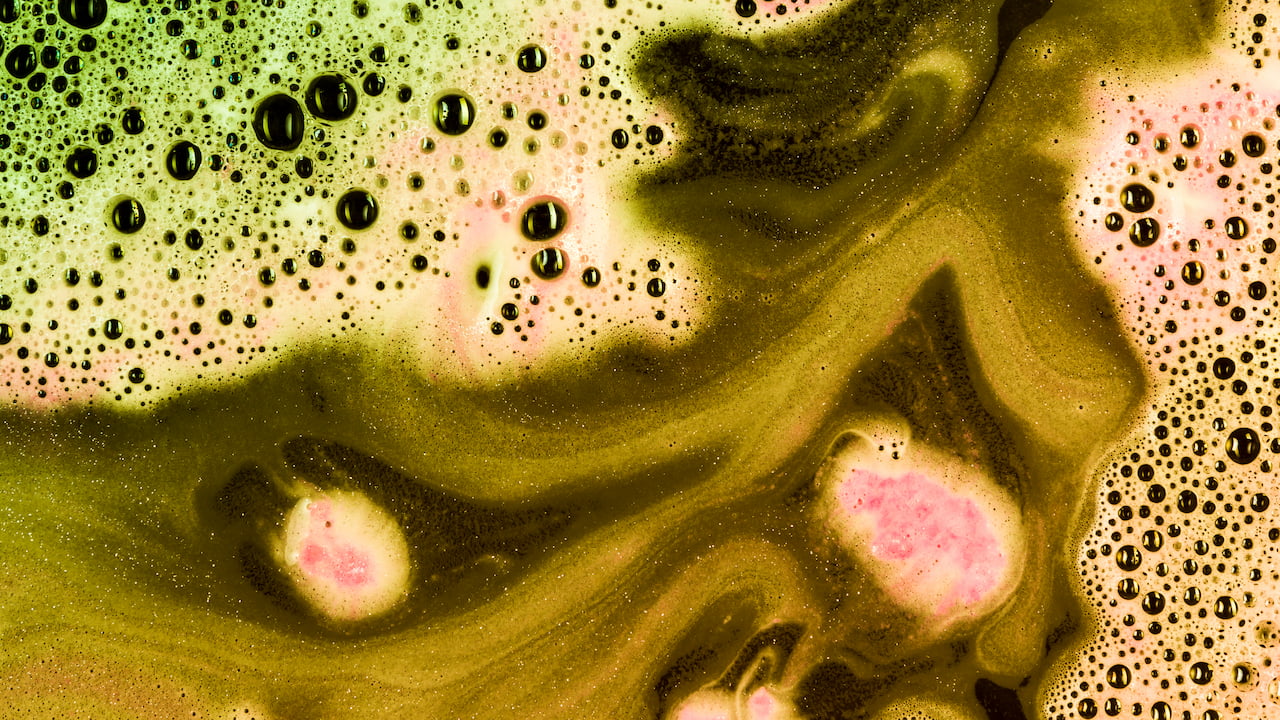In today’s world, the management of algal blooms often calls for urgent action, with many turning to chemical treatments as a quick-fix solution. However, the reality is that these chemicals only worsen the already precarious situation, further disrupting ecosystems and compromising water quality. At LG Sonic, we advocate for a different approach – one that prioritizes sustainability and effectiveness without the harmful side effects of traditional chemical treatments.
Negative Effects of Chemicals in Water Treatment
The most commonly used chemicals in water treatment, including for algae control, are designed to disrupt the growth and metabolism of algae cells. Copper sulfate, algaecide polymers, peroxide-based algaecides, herbicides, and quaternary ammonium compounds are among the primary chemicals employed. These chemicals work by targeting specific cellular processes or structures within algae cells, leading to their death or inhibition of growth.
The widespread usage of algaecides and herbicides in water treatment poses significant environmental concerns. These chemicals often exhibit toxicity not only towards their intended targets but also towards other organisms within the aquatic ecosystem, including fish, invertebrates, and other aquatic life forms.
When chemicals like copper sulfate are applied to water bodies to kill algae, they can cause a sudden die-off of the algae population. This sudden die-off releases nutrients and organic matter from the dead algae cells into the water, which can actually fuel further algal growth.
Some algae species produce toxins as a defense mechanism, and when these toxins are released into the water, they can promote the growth of other algae species that are tolerant or even thrive in the presence of these toxins. Therefore, while the initial application of chemicals may reduce the immediate algae population, the subsequent release of nutrients and toxins from dead algae cells can actually exacerbate algal blooms in the long run.
Furthermore, the application of algaecides and herbicides can lead to environmental pollution and degradation, with chemical residues persisting in water and sediment, disrupting the delicate balance of aquatic ecosystems. Runoff from treated areas further exacerbates contamination, impacting nearby water bodies and terrestrial habitats.
Additionally, over time, algae and aquatic plants may develop resistance to these chemicals, necessitating higher concentrations or alternative treatments, which can result in both environmental and economic costs. Moreover, the non-target effects of algaecides and herbicides can harm beneficial algae, aquatic plants, and other organisms vital to ecosystem health, highlighting the importance of considering alternative, more sustainable approaches to water treatment.
The Benefits of LG Sonic’s Chemical-Free Technology
In an era of escalating environmental concerns, the need for water treatment solutions that are both effective and environmentally sustainable has never been more pressing. Consequently, there is a growing demand for alternative, eco-friendly technologies that can address water treatment challenges without compromising environmental integrity.
At LG Sonic, we offer a pioneering solution with our innovative ultrasound technology, providing an effective and chemical-free approach to algae control and water quality management. By implementing our cutting-edge solutions, we are significantly reducing the release of harmful substances into the environment and preserving aquatic ecosystems.
Our low-pressure ultrasound waves create a sound barrier that prevents algae from accessing sunlight and nutrients. Consequently, they are unable to undergo photosynthesis and sink to the bottom, where they naturally decompose without emitting harmful toxins. When using this type of ultrasound, cavitation, the formation and collapse of bubbles in a liquid that generates intense heat, does not occur.
By specifically targeting algae, while sparing other aquatic organisms, LG Sonic’s equipment plays a crucial role in preserving biodiversity and maintaining the natural balance of ecosystems, supporting the health and diversity of aquatic life. Unlike chemical treatments that can cause broad-scale destruction, LG Sonic’s technology disrupts algal growth in a targeted manner, ensuring a quicker recovery of natural balance and biodiversity while minimizing ecological impact.
LG Sonic’s ultrasonic technology promotes the restoration of ecological balance by working synergistically with natural processes to control algal blooms, without relying on artificial interventions. Lastly, LG Sonic’s commitment to energy efficiency, utilizing solar power and low-pressure ultrasound, not only controls algal blooms effectively but also reduces the carbon footprint associated with water treatment, contributing to overall environmental sustainability.
Educate yourself about the detrimental effects of chemical treatment and choose a solution that offers sustainable, long-term effectiveness without harmful side effects. Connect with LG Sonic and become a part of the movement to safeguard our invaluable water resources for future generations.
